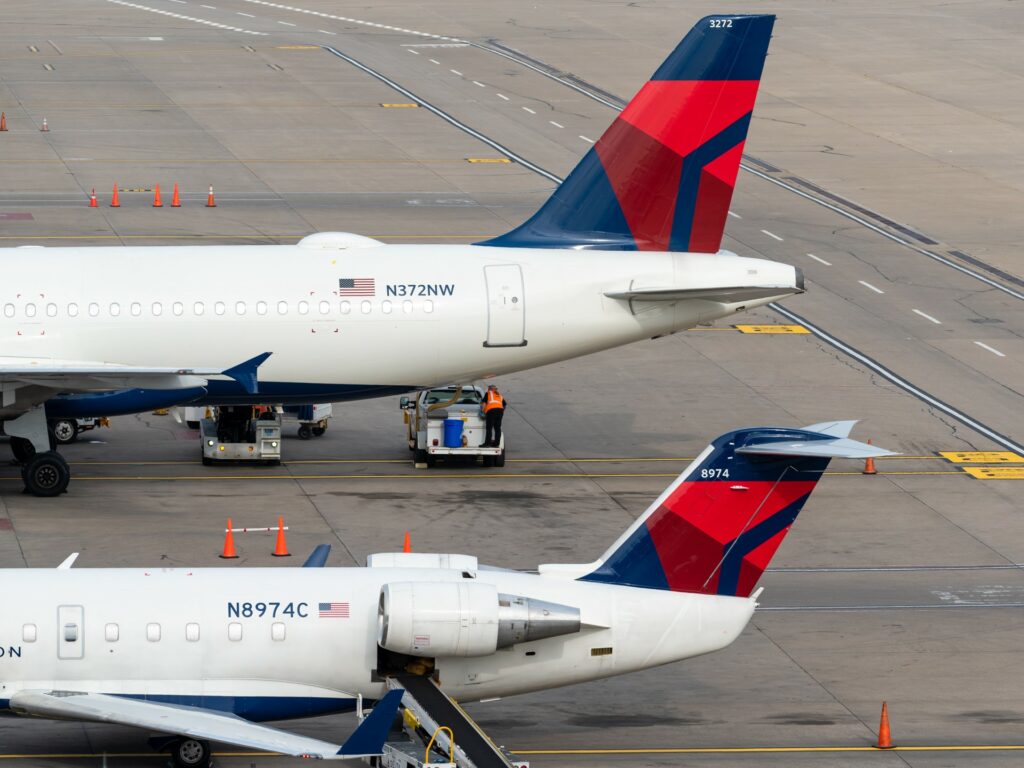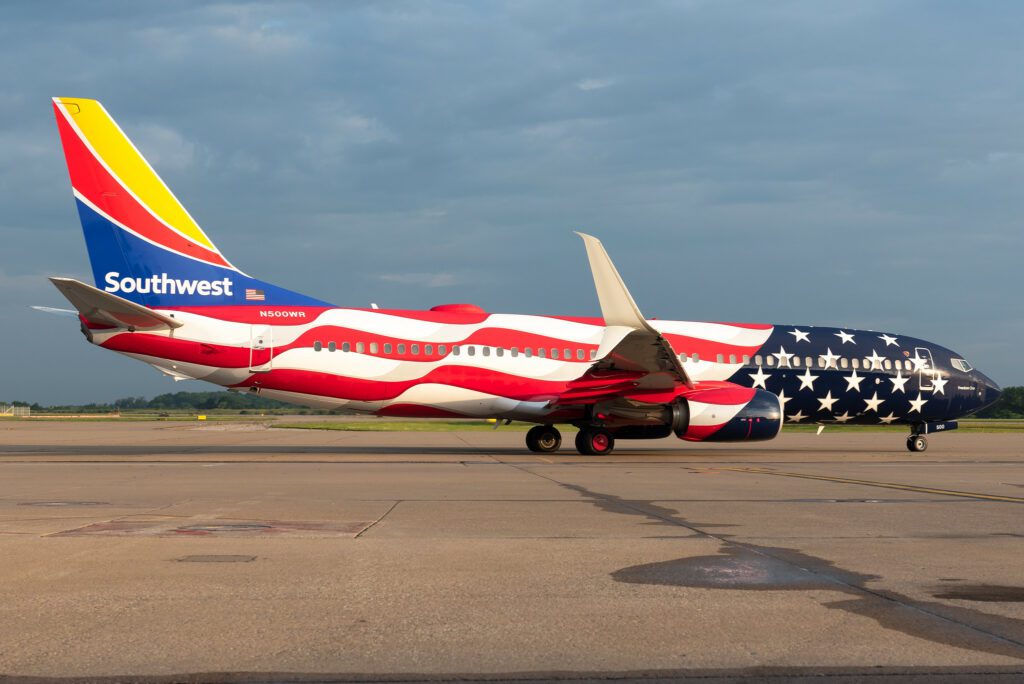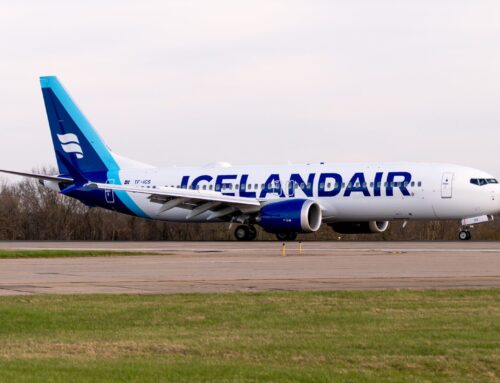License Plates for Planes: How to Understand Tail Numbers
Unique registration system gives each aircraft its identity
By Evan Dougherty
Published November 28, 2022
Read Time: 4 mins

Ever noticed the alphanumeric code stenciled towards the rear of a plane’s fuselage? Like the passengers they transport, airplanes also must display their own unique identification.
The code is part of an international system of aircraft registrations that helps keep track of the tens of thousands of aircraft scattered around the world.
Crunching the numbers
Aircraft registration numbers, or tail numbers, are a group of characters used to identify a specific aircraft. In principle, registrations are akin to your Social Security number, a house’s street address or the license plate on a car.
All civilian aircraft worldwide must be registered by their respective countries’ governments. This allows federal regulators to document a plane’s entire history, including ownership and maintenance records. In the U.S., the Federal Aviation Administration (FAA) enforces regulation on aircraft tail numbers.
The first letter in a registration identifies a plane’s country of origin. In the U.S., registrations start with the “N” prefix.
Other countries use different prefixes: Canadian-registered aircraft, for example, use the letter “C” and British registrations start with the letter “G.”

The first letter in a registration identifies a plane’s country of origin. British registrations start with the letter “G” as seen on the British Airways 787 Dreamliner pictured above. (Photo by Evan Dougherty)
For U.S.-based aircraft, the next three numbers are chosen from among a range set by the airline for a specific aircraft type. For organizational purposes, these numbers are issued in numerical order as each aircraft is delivered to the airline. The final two letters are an abbreviation for the operator.
For example, United Airlines registers its Airbus A320 fleet with the range N401UA-N498UA. Its A319 fleet, meanwhile, is registered within the range N801UA-N899UA.
With U.S. airlines operating huge fleets on multiple aircraft types, carriers sometimes not only face the conundrum of avoiding the use of the same registration twice, but keeping their fleets organized. As a result, airlines have created intricate series of tail numbers for their planes.
Southwest Airlines, for example, took delivery of its first Boeing 737-700s in the late 1990s and early 2000s, all registered N700GS-N799SW. With the range full after 799, Southwest created a new range, registering its next batch of 737-700 models N400WN-N499WN.
In later years, the airline would create two more ranges (N200WN-N299WN and N900WN-N969WN) for the remainder of its 737-700 orders.
Other airlines with multiple tail number ranges include American Airlines, with four for its 737-800s; and JetBlue, with four for its Airbus A320s.
Tails that tell tales
A combination of airline mergers and aircraft acquisitions for growth have left carriers with huge fleets, each of them a blend of older and newer planes, some of which used to be in other airlines’ fleets. While subtle on the surface, a closer glance at a registration can indicate where a plane started its career.
In 2013, American and US Airways closed their merger, creating the world’s largest airline. This resulted in both fleets combining under the present-day American.
American aircraft with a “UW”, “US” or “AY” suffix are former US Airways aircraft inherited from the merger, while planes ending in “AA”, “AN” or “NN” were originally with American or delivered post-merger.
Additionally, American still flies some aircraft with “AW” suffixes; these planes formerly belonged to Phoenix-based America West Airlines, which merged with US Airways in 2005.

The American A319 pictured above, N838AW, is painted and registered to honor Phoenix-based America West Airlines. (Photo by Beth Hollerich)
Likewise for Delta’s merger with Northwest Airlines in 2008. While most original Delta aircraft today carry “DL,” “DA” or “DN” registrations, some of the carrier’s planes still carry “NW” suffixes on their registrations representing their Northwest heritage.
In other cases, airlines will register their planes to honor other airlines or people important to the company’s history.
In its fleet, Southwest has some aircraft registered after various employees and groups. The airline’s recently delivered Desert Gold 737 MAX 8, tail number N871HK, is registered after former founder and CEO Herb Kelleher. Its Freedom One 737-800, N500WR, honors William Rogers, a Southwest representative at Boeing, for his 500th aircraft delivery to the airline.
Additionally, some of American’s heritage jets are registered specially for the airlines they honor. These include its PSA (N742PS), Piedmont (N744P), Allegheny (N745VJ) and America West (N838AW) retro liveries.
Finding your tail number
Interested in searching for a specific aircraft?
Public flight tracking websites, including Flightradar24 and FlightAware, allow users to search an aircraft’s tail number to see where it is in the world. Tracking apps also show a plane’s flight history, such as what routes it has flown or which flight numbers it has previously operated under.
Some apps also feature alerts that come with a paid subscription allowing users to receive a notification when a particular tail number is heading to an airport of interest. For aviation enthusiasts, this feature can be useful when seeking out special airline liveries or unusual aircraft types.
Additionally, looking up a tail number in a search engine can reveal additional aircraft information including a plane’s age, its delivery or retirement date and which airlines it has operated for throughout its life.

Southwest’s Freedom One 737-800 has the registration N500WR for William Rogers, a Southwest representative at Boeing, for his 500th aircraft delivery to the airline. (Photo by Evan Dougherty)






